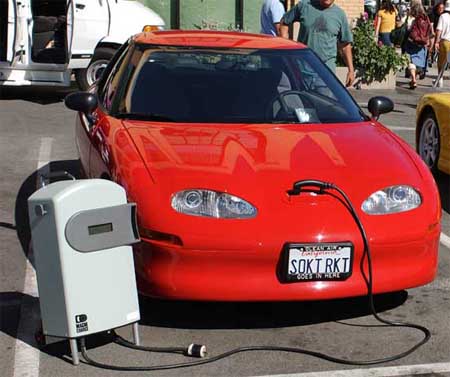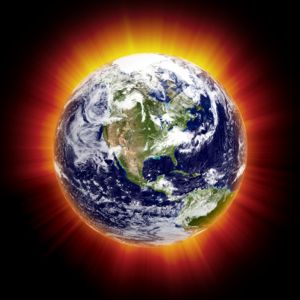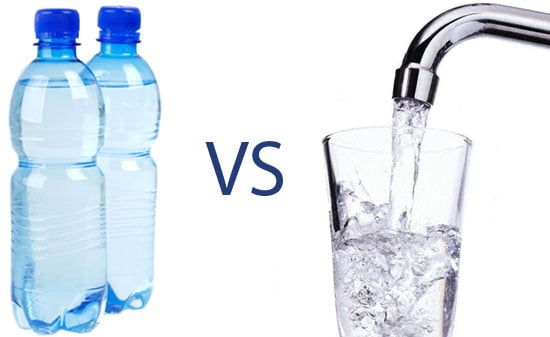
In my opinion I feel that one of the most important topics that we discussed this semester in the Environmental Science class would have to be Global Warming. Global Warming is in my opinion one of the most controversial topics discussed today. When I did my blog post on Global Warming, I noted that it has a strong effect on our daily lives. The rise in climate can affect our food production, fresh water resources, as well as animal habitats. The thing that makes this topic so controversial are there are so many skeptics out there that think it is a government publicity stunt. The truth is, the climate is rising, and more toxic gasses are being pumped into the atmosphere daily.
What we as a society can do to reduce the cause of Global Warming is, cut back on our energy use, carbon emissions, and pollution in general. Switching over to solar power energy rather than using electricity is a good way to cut back, as well as having vehicles that produce less carbon emissions (electric cars). If society as a whole can cut back on the things that we use in excess we can reduce the amount of animal habitats being destroyed, the amount of glaciers that are melting due to a rise in temperatures and lowering the overall average temperature.
Next we will discuss what I as an individual can do to reduce the cause of Global Warming. One major thing I can think of is to drive my car less. I drive everywhere, if I have to go to the store, to work or school I take my car. When I was growing up, I would walk everywhere, it didn't matter if it was 1 mile or 10 miles, I would walk. Now days I have the ease and convenience of driving my car everywhere I need to go which adds to the Carbon dioxide in the air. Another thing I can do to help prevent Global Warming is to turn off and unplug all of my electronics when they are not in use. I am notorious for leaving my TV on while I sleep and keeping my computer/Laptop on while I am gone. If I can manage to reduce the amount of driving, and electronics use I feel that could be a positive way to reduce my effect of Global Warming.

For the last part of my post I get to discuss what I thought was the most interesting thing that I learned about this semester. The most interesting thing that I learned this semester is how much food we as a country throw out annually. We watched a movie in class called "Dive" it was about a group of people who dumpster dive at grocery stores to find their food. Some grocery stores thrown out perfectly good food because it is passed their best if used by date. The date on the label is not the actual expiration date but a suggested date for the food to be consumed by for the best quality. These people that dove for their food had more than enough to last them a few months. Just imagine, we have people around the world starving and dying of hunger and we throw out millions of pounds of food each year. The people in this film went to a local grocery store to get their excess holiday turkeys that were being thrown out, so they can take them to the local food shelter, but rather than being given the turkeys, they ended up in the dumpster with a lock on it. It is sad that we do so little to help those in need just to satisfy personal gain, but in this situation does anyone really win? This concludes my final blog post.
























